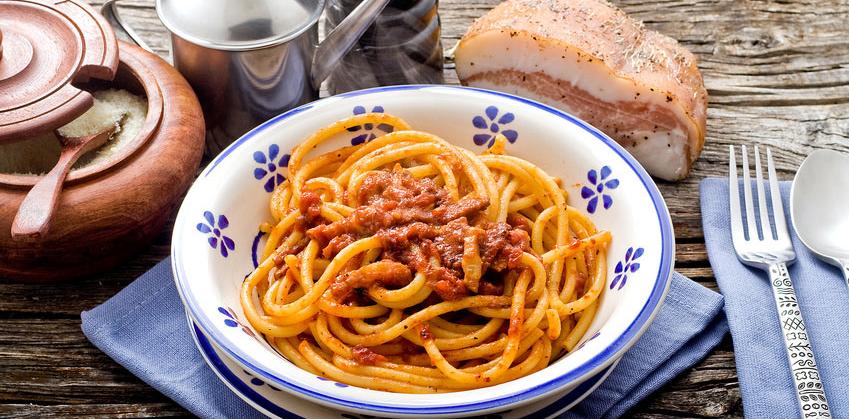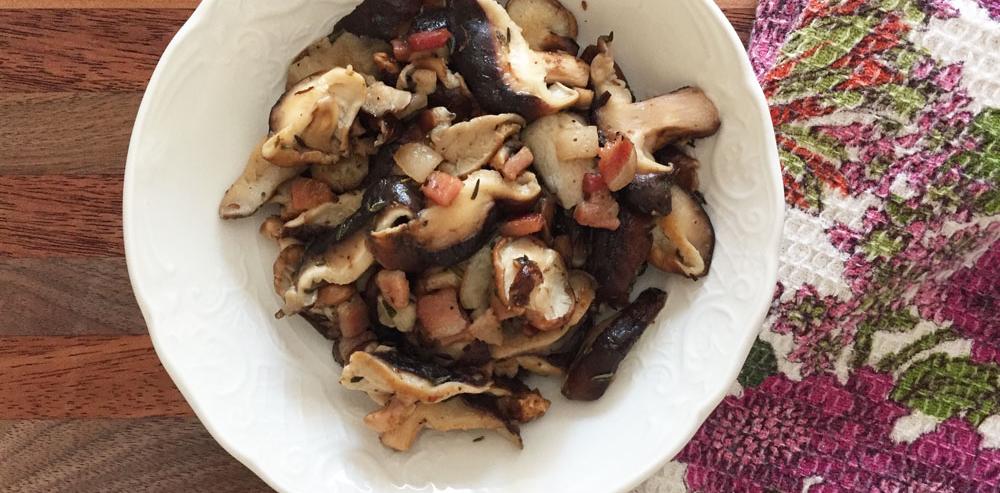
Here at Oldways, we like to focus on the foundation foods of the Mediterranean Diet: fruits and vegetables, whole grains, legumes, healthy fats like olive oil, nuts, seeds, herbs, spices, and seafood. According to the Dietary Guidelines, the average American does not eat the recommended amounts of these foods, and we want to celebrate the delicious, traditional ways of preparing them.
In contrast, the average American has more than three times the global average meat consumption. This is not something to celebrate, considering scientific evidence links excess meat consumption, particularly of red and processed meat, with heart disease, stroke, type 2 diabetes, obesity, certain cancers, and earlier death.
Luckily, we can look to the Mediterranean Diet, where meat is eaten infrequently and used sparingly, for examples of how to enjoy meat in moderation. One explanation for why meat is eaten less in the Mediterranean is because it takes a lot more energy, time, and money to get to the plate than vegetables, whole grains, or any of the other foods that make up the foundation of the Mediterranean Diet. Raising animals for meat is resource-intensive and taxing on the environment. Read more about why sustainability is an important factor to consider for healthy eating in the results from the Oldways Common Ground Conference, where leading nutrition and food systems experts came together to reach a consensus about what constitutes a healthy diet.
There is no denying that meat adds unique flavor to foods. The good news for meat eaters is that they can follow a Mediterranean Diet and enjoy meat at the same time. Here are some suggestions for adding it to your diet:
- Think of red meat as a treat reserved for special occasions. In Greece, for example, many people stop eating meat for six weeks in the spring during Lent for religious reasons, and then celebrate Easter with roasted lamb. Enjoy ribs on your birthday, or grill burgers for a dinner party, for example. Red meat is at the tippy top of the Mediterranean Diet Pyramid, along with cake and other sweets. Try to avoid processed meats whenever possible.
- Use fatty cuts of pork, such as pancetta or bacon, in small amounts to flavor beans, vegetables, soups, and stews. Pork can complement fresh vegetables really well (in a B.L.T., for example), and it can add a delicious dimension of flavor to cooked vegetable dishes, too.
- Enjoy small portions of poultry as a main dish. Poultry, along with dairy and eggs, is included in moderate portions in the Mediterranean Diet. Chicken broth is commonly used to flavor soups and stews, for example. When you make poultry as a main dish, limit your portion to three ounces or less (the size of one typical chicken thigh or breast).
- Make meat the side or garnish instead of the vegetable. Instead of a large portion of steak with vegetables on the side, for example, enjoy vegetable and beef shish kebabs with a bulgur pilaf. For more simple swaps like this, check out our newest Mediterranean Diet resource: Make Your Meals Mediterranean Starting with Five Makeover Meals.
- Swap meat for fish. Try heart-healthy fish like salmon, tuna, sardines, mackerel, and anchovies in place of meat.
- Try going vegetarian part-time. Go vegetarian for breakfast and lunch and save meat or poultry for dinner. Or, make one or two days a week meat-free. Try falafel and pita, vegetable pizza or pasta, or bean soup with a salad.
This blog post was inspired by a recent Fresh Fridays, our bi-weekly newsletter. Click here to sign up to receive our next Fresh Fridays newsletter and never miss delicious Mediterranean recipes and cooking tips again.
Join the Make Every Day Mediterranean Club Facebook group for additional information and support.






